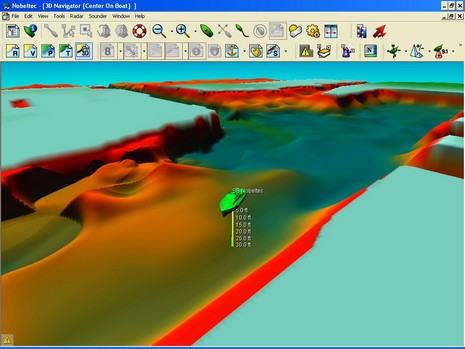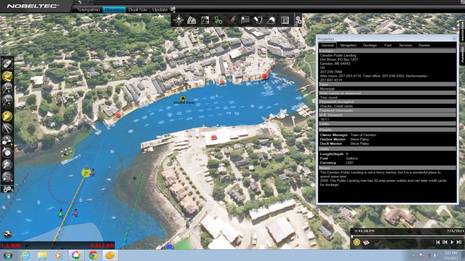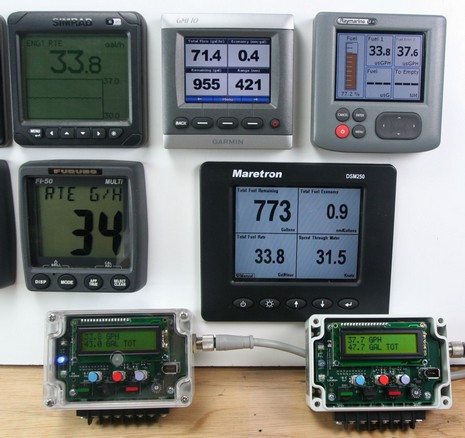Now it’s the Si-Tex/Nasa/Nobeltec AIS receiver

It turns out that Nobeltec has decided to market the Si-Tex (Nasa) single frequency black box “AIS100” receiver instead of the Comar SLR-100 as I had first presumed. I dare say that this move, along with adding AIS tracking to the VNS program, is meant to make AIS available at modest cost. Nobeltec is selling the AIS100 for $330 (plus you’ll need a VHF antenna). I very much like the idea of encouraging recreational boaters to see what AIS tracking can do for them, but am still a little leery about single frequency receivers and the quality of the Nasa box in particular. Many electronics manufacturers are testing these receivers and some report that the Nasa box is none too sensitive, dropping further away targets when compared to say a $1,000 SeaLinks RadarPlus (using the same antenna). Then again, other testers say that all the receivers are fairly comparable, and one notes that the placement and quality of the antenna is an important factor. I’m wondering how effective single frequency listening will be when Class B transponders hit the market. I’ll write soon about the what and when of Class B, but do know that under that standard boats will transmit dynamic data—MMSI, position, COG, SOG, etc.—every 30 seconds at best (Class A transponders put the data out every 2–10 seconds based on speed and rate of turn).
Another thing about the Si-Tex/Nasa/Nobeltec receiver is that it sticks to one frequency unless you tell it differently. I’m not sure how important this is but have not seen a way to actually manage the box except in the standard edition of Yacht AIS, seen above, which also has a control for Automatic Gain Constant and a signal meter. The impression I’m getting is that any AIS, even half listening to half a transponder, is a good thing, but the receiver market is going to have several tiers, and to some degree you’re going to get what you pay for.














Why would I pay $330 when I can get the same unit for $225 from AllGadgets.
One reason might be better support; some boaters, and installers, care more about single sourcing and overall support than individual part pricing.
There’s more to designing a good AIS receiver than just Rx sensitivity. In particular, adjacent channel rejection and co-channel rejection are particularly important in Marine bands when one AIS target may be next door and the next 30miles away. These aspects are covered in the Class A and Class B standards and tested. There is no such standard for an Rx only device, and I don’t see many Rx only manufacturers having these parameters in their data sheets.
I’ve been there, I still have the scars…..